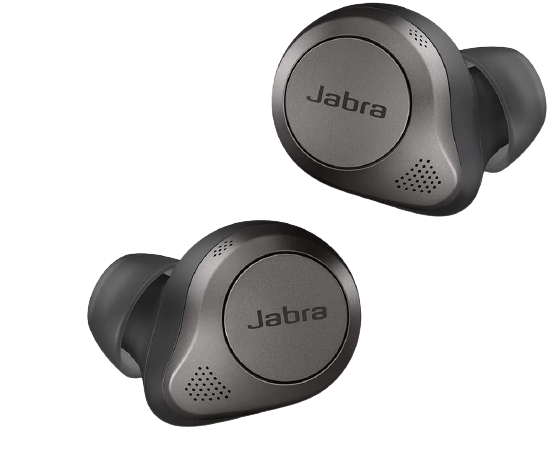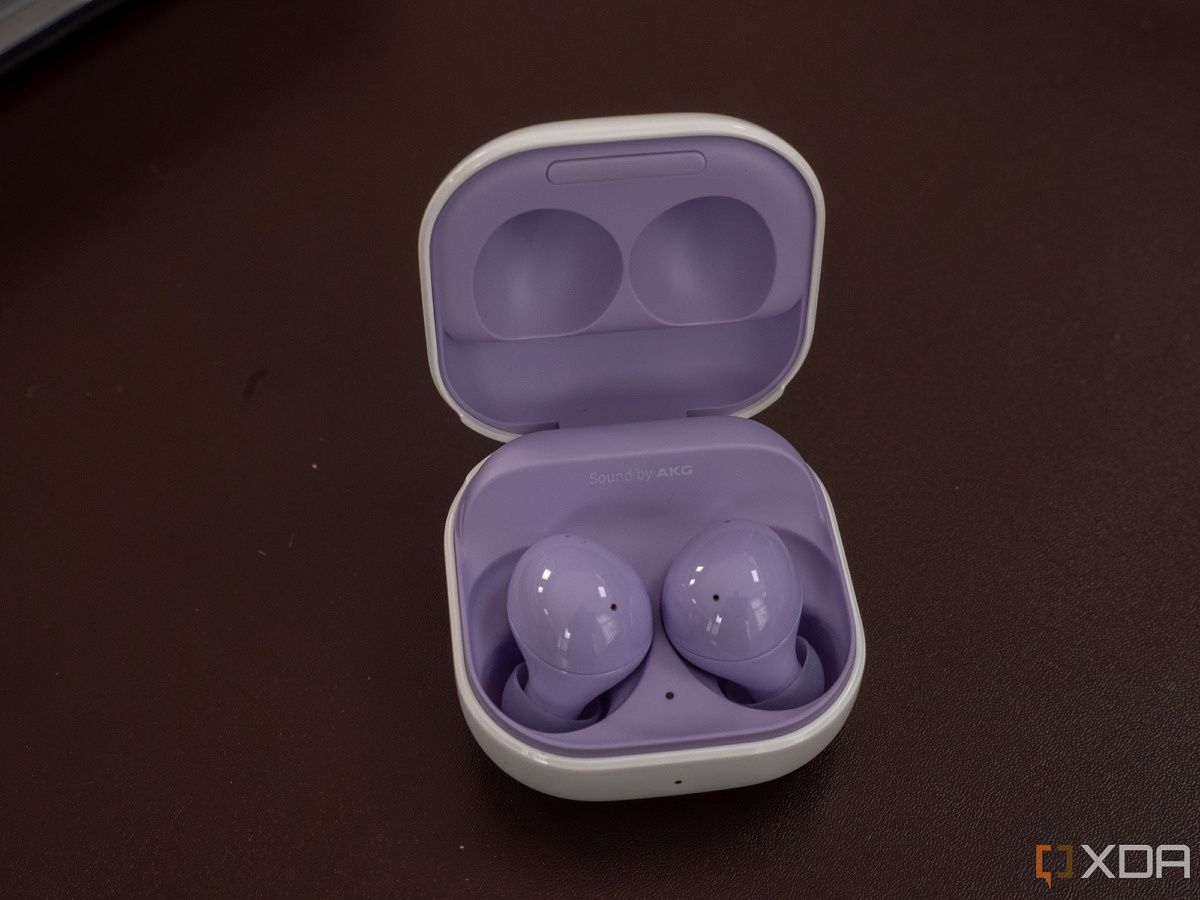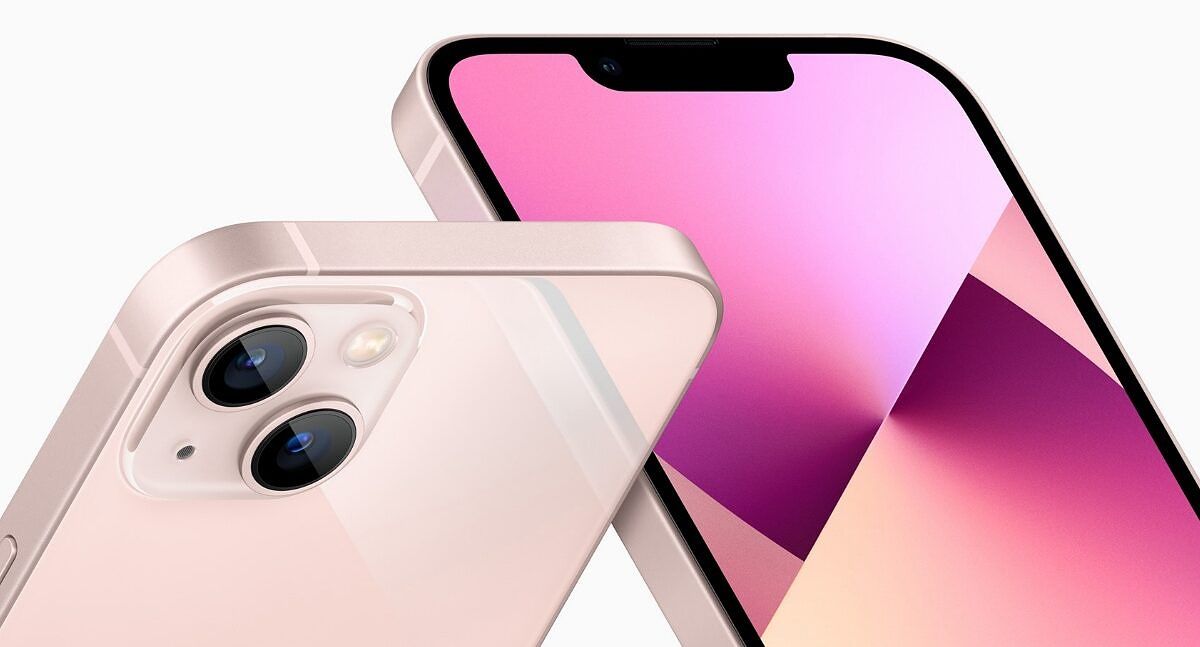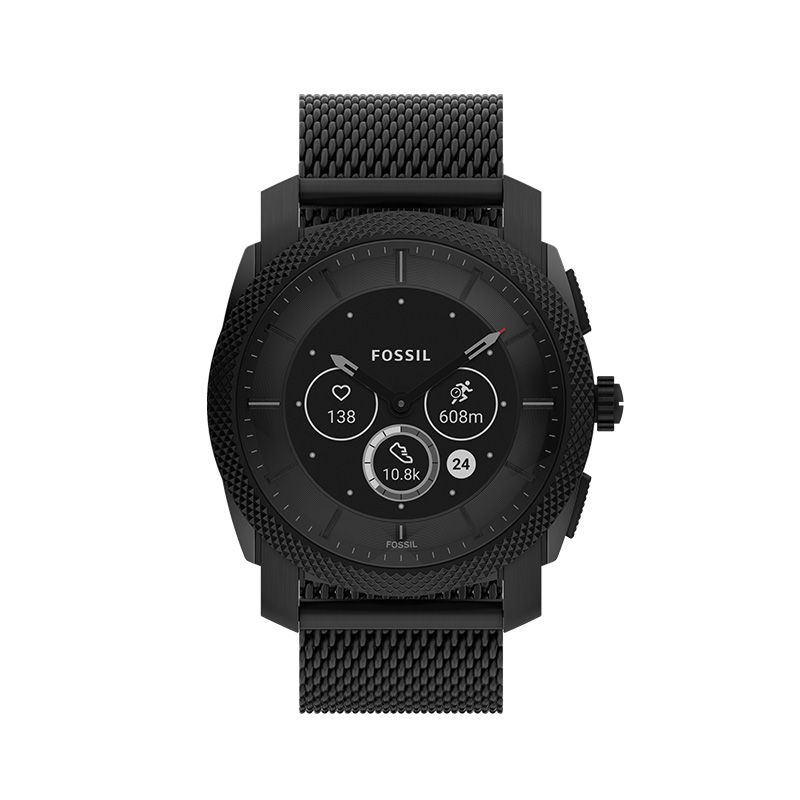The Samsung Galaxy Buds 2 and the Jabra Elite 85T are two of the best true wireless earbuds on the market, offering great sound, ergonomic designs, and effective ANC. The Galaxy Buds 2 was unveiled alongside the Galaxy Z Fold 3 and Galaxy Z Flip 3. Meanwhile, the Jabra Elite 85T came out in 2020 and is comparatively older than the Galaxy Buds 2. However, Jabra continues to promote it as the flagship product. Both earbuds have strengths and weaknesses, but which one comes out on top? We find out in this head-to-head comparison.
Galaxy Buds 2 Vs. Jabra Elite 85T: Specifications
| Specification | Galaxy Buds 2 | Jabra Elite 85T |
|---|---|---|
| Build and Weight |
|
|
| Audio |
|
|
| ANC |
|
|
| Microphone |
|
|
| Connectivity |
|
|
| Battery & charging |
|
|
| IP rating |
|
|
| Colors |
|
|
Design, comfort, and IP rating
On paper, the Galaxy Buds 2 and Jabra Elite 85T both promise to be lightweight and comfortable. But looking at the numbers, the Galaxy Buds 2 have an edge here as they weigh just 5g making them 2g lighter than the Elite 85T. As far as looks are concerned, both earphones follow a similar design, but the Galaxy Buds 2 look more modern and eye-catching thanks to their rounded design that extends to the charging case.


The Jabra Elite 85T has oblong ear tips along with an earwax guard that prevents dirt, debris, and gunk from blocking the speaker grille. The Galaxy Buds 2 goes with the standard circular ear tips. To help you choose the appropriate tip, Samsung’s app also has an ear tip test.
When it comes to controls, both earbuds take a different approach; the Galaxy Buds 2 have touch gestures, so there’s a chance that they might sometimes register accidental or false taps. You’re unlikely to run into this issue on the Jabra Elite 85T as they use good old physical buttons, but that also means you need to apply a slight pressure to activate them, risking them unsettling from your ears.
Both earbuds have an IP rating for water and sweat protection, but Jabra Elite 85T fare better as they merit an IPX4 rating as compared to the IPX2-certified Galaxy Buds 2. That means they’re better suited for intense workouts and outdoor activity.
Sound quality, ANC, and calling experience
Both earbuds differ when it comes to the audio driver setup. The Galaxy Buds 2 features dynamic two-way speakers, consisting of an 11mm woofer for bass and midrange and a 6.5mm tweeter to handle high frequencies. The Jabra Elite 85T has the more traditional setup, featuring a single 12mm dynamic driver in each earbud. The Galaxy Buds 2 clearly have superior hardware, but remember that a lot depends on the audio tuning.


Should you not like the sound quality out of the box, both Samsung and Jabra give you a lot of customization options via their companion apps, allowing you to tweak the audio to your liking and play around with different sound profiles.
Coming to active noise cancellation (ANC), both earbuds claim to deliver powerful ANC performance. Samsung says the Galaxy Buds 2 can reduce the external noise by up to 98% though that doesn’t mean they can completely isolate you from the outside world — you’ll still hear people’s voices and high-pitched noise.
The Jabra Elite 85T has a dedicated processor for noise cancellation, and you can control the level of ANC from the Sound+ app. They also have pressure relief vents to reduce pressure build-up in the ear caused by the tight seal and ANC.
Both earbuds offer adjustable transparency or ambient mode to let you easily listen to surrounding sounds and people’s voices without taking off the earphones. For calling, the Galaxy Buds 2 use two beam-forming microphones and a built-in voice pickup unit. In addition, there’s a machine-learning-based solution that cuts down on external sound.
The Jabra Elite 85T use similar beam-forming microphones along with advanced wind-protection and noise reduction algorithms to cancel out wind noise and unwanted surround sound.
Battery life & other features
In terms of battery life, we’re looking at 5 hours of play time with the Galaxy Buds 2 with ANC on and 5.5 hours with the Jabra Elite 85T. While these numbers are close, the Galaxy Buds 2 lag behind when it comes to total endurance, delivering up to 20 hours of playback with the charging case. That’s 11 hours short of what the Jabra Elite 85T promises (up to 31 hours with the case). Both earbuds offer Qi wireless charging and USB-C wired charging.
Other notable highlights of the Galaxy Buds 2 include Bluetooth 5.2 support, IPX2 rating, 360 Audio, Bixby/Assistant integration, and support for SBC, AAC, and Samsung Scalable codecs.
As for the Jabra Elite 85T, you get Bluetooth 5.1 connectivity, multipoint support, SBC and AAC codecs, IPX4 rating, and Assistant/Siri support.
Conclusion
The Galaxy Buds 2 and Jabra Elite 85T are both capable true wireless earbuds with a solid set of features. But overall, we think the Galaxy Buds 2 are a better deal as they’re reasonably priced and offer the best bang for your buck. Originally launched at $149, they’re often on sale for $100-110 on Amazon (also check out the best Galaxy Buds 2 cases). The ecosystem integration with Samsung Galaxy smartphones also makes them a good option if you have a Samsung device. If you want solid battery life and are planning to use your earbuds for intense physical activity, then Jabra Elite 85T fit the bill better. They have IPX4 water resistance (Vs. IPX2 on the Galaxy Buds 2) and provide up to 31 hours of playback. Their original price is $229 but is routinely on sale for $149.
- The Galaxy Buds 2 offer effective ANC, two-way speakers, and up to 20 hours of battery life
- The Jabra Elite 85T are premium true wireless earbuds with 12mm dynamic drivers, powerful ANC, and 31 hours of battery life.
Here’s a quick rundown of what we like and dislike about both earphones.
What we like about the Galaxy Buds 2:
- Lightweight and eye-catching
- Superior audio driver setup
- Effective ANC and ambient sound mode
What we don’t like:
- Subpar total battery life
- Lack of iOS app support
What we like about the Jabra Elite 85T:
- Ergonomic design
- Long-lasting battery life
- IPX4 rating
What we don’t like:
- A bit dated look
- Expensive
Which earphone would you pick? Let us know in the comments below!
The post Samsung Galaxy Buds 2 vs Jabra Elite 85T: Which TWS should you choose? appeared first on XDA.
from XDA https://ift.tt/6Ibqr3T
via IFTTT























